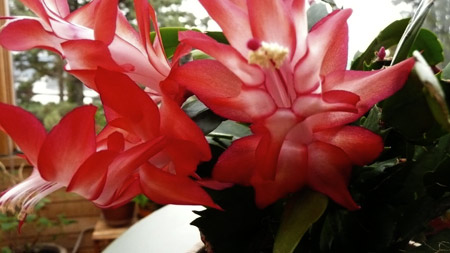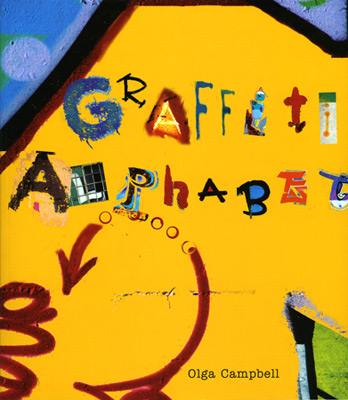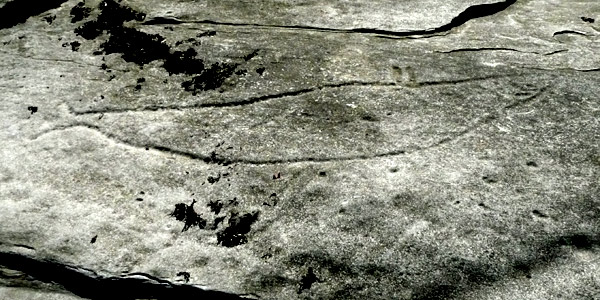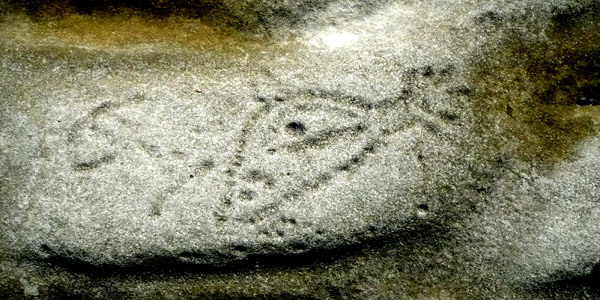Gardener’s Night Before Xmas

I have mixed feelings about the return of rains
after two lovely weeks of frost and even a bit of snow,
but this made me smile…
A “garden version” of The Night Before Christmas:
Twas the night before Christmas and all through the yard,
Not a vegetable was growing, not even Swiss chard.
The hoses were stored in the cellar with care
And I, rest assured, knew they wouldn’t freeze there.
The perennials were mulched, all snug in their beds
While visions of springtime danced in their heads.
The new planted shrubs had been soaked by the hose
To settle their roots for the long, winter’s doze.
And out on the lawn, the new fallen snow
Protected the roots of the grasses below.
When out in the drive there arose such a clatter,
I ran with my hoe to see what was the matter.
And what to my wondering eyes should appear
But a truck full of useful gardening gear.
Saint Nick, the driver, so plump and so jolly
Jumped out of his truck with a sack full of holly.
I’ve brought trimmers and clippers and tubers and seeds
And landscape fabric to eliminate weeds;
Well-aged manure, strained finely for spreading,
Just what you need for your annual flower bedding;
And colorful flagstones for a new garden path;
And for birds and bird watchers, a feeder and bath.
I’ve an insect pest guide to help you to know
Which of the bugs will cause plants to grow slow;
A new sprayer to fill with safe soap and oil;
A floating row cover – there are insects to foil!
For gardening with ease, I’ve a new rototiller,
Pads for your knees and organic bug killer.
For pH detecting, here’s a soil-testing kit
For soil preparation that’s sure to be a hit;
A new mulching mower for grass blade clipping,
And a long soaker hose that saves water by dripping.
With jolly Saint Nick’s gift-giving complete,
He started his truck and took off down the street.
And I heard him exclaim through the motor’s loud hum,
“Merry Christmas to all, and to all a green thumb!”
Found here.
Poem courtesy of the Ohio State Extension Service. According to them, the poem was written by Jack Kerrigan, an Ohio horticulture educator, and is an organic gardening version of a poem written by Charles and Janice Jensen and published originally in The New York Times in the 1950’s
 Graffiti Alphabet. She calls it a visual tour of the graffiti of Vancouver. I just bought a copy from her a few days ago and I’ve been leafing through it, overwhelmed by the beauty of the powerful colours, designs and energy of this street art. Olga has collaged what must be hundreds of photographs taken over six years into a fabulous work of art of its own and a tribute to all those anonymous street artists.
Graffiti Alphabet. She calls it a visual tour of the graffiti of Vancouver. I just bought a copy from her a few days ago and I’ve been leafing through it, overwhelmed by the beauty of the powerful colours, designs and energy of this street art. Olga has collaged what must be hundreds of photographs taken over six years into a fabulous work of art of its own and a tribute to all those anonymous street artists.







